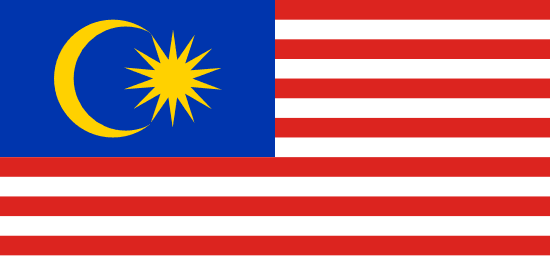"Bersih, Hijau dan Membangun | Clean, Green and Developing"
About:
Ipoh, Malaysia, was founded in the late 19th century as a village, growing rapidly as a result of the tin-mining boom. It was declared a city in 1988. Known for its British colonial architecture, it has recently experienced a tourism revival due to heritage conservation efforts. Today, Ipoh is Malaysia's third largest city, renowned for its cuisine and natural attractions.
When to visit:
Ipoh, a charming city in Malaysia, is a delightful destination to visit throughout the year due to its tropical climate. However, the best time to visit is generally from June to September when the weather is typically drier and cooler. This period is considered the peak tourist season, so it's advisable to book accommodations and activities in advance. Alternatively, if you prefer fewer crowds and don't mind occasional rain showers, the shoulder months of March to May and October to November can also be good times to visit.
When to avoid:
Traveling to Ipoh on a holiday can be challenging during the monsoon season, which typically occurs from October to March. This period is characterized by heavy rainfall, causing potential disruptions to outdoor activities and sightseeing. Flooding may also occur in certain areas, impacting travel plans and accessibility to tourist attractions. It is advisable to check weather forecasts and plan your trip accordingly to avoid potential inconveniences during this time of the year.
Monsoon Season (Nov-Jan)
Ipoh, Malaysia experiences its wettest season from October to November due to the Northeast Monsoon. Average temperatures range from 23°C to 31°C. Rainfall can reach up to 270mm in November, making it the wettest month. Sunlight hours are reduced to about 5-6 hours per day due to increased cloud cover. Humidity is high, often exceeding 80%. An average day for a visitor during this period may start with some morning sunshine, followed by heavy afternoon showers. Despite the rain, the city's indoor attractions, like the cave temples and local eateries, remain popular.
"Hot Season (March–September)"
In Ipoh, Malaysia, the warmest part of the year typically spans from March to September, with the peak heat in May. During this period, the average high temperatures range from 32°C to 35°C (90°F to 95°F).
Rainfall is relatively low in these months, especially from June to August, with an average of 150-200mm of rainfall per month. However, sudden tropical showers can occur, so it's always good to be prepared.
The city experiences an average of 6-7 hours of sunlight per day during this period. The humidity is consistently high, usually above 75%, which can make the heat feel more intense.
Cloudiness varies, but the sky is generally partly cloudy, allowing for a decent amount of sunshine.
For a visitor, a typical day in Ipoh during the warmest part of the year would likely feel hot and humid, especially in the afternoons. Mornings and evenings can be slightly cooler and more comfortable. It's a good idea to stay hydrated and take breaks in shaded or air-conditioned areas during the peak heat of the day. Despite the heat, the weather is generally suitable for exploring the city's outdoor attractions, as long as one is prepared for potential rain showers.
Language:
In Ipoh, Malaysia, the most commonly spoken languages are Malay, which is the national language, and English, which is widely used in business and education. Additionally, due to the city's significant Chinese community, various Chinese dialects such as Cantonese and Mandarin are also prevalent. Tamil, spoken by the Indian community, can be heard as well.




